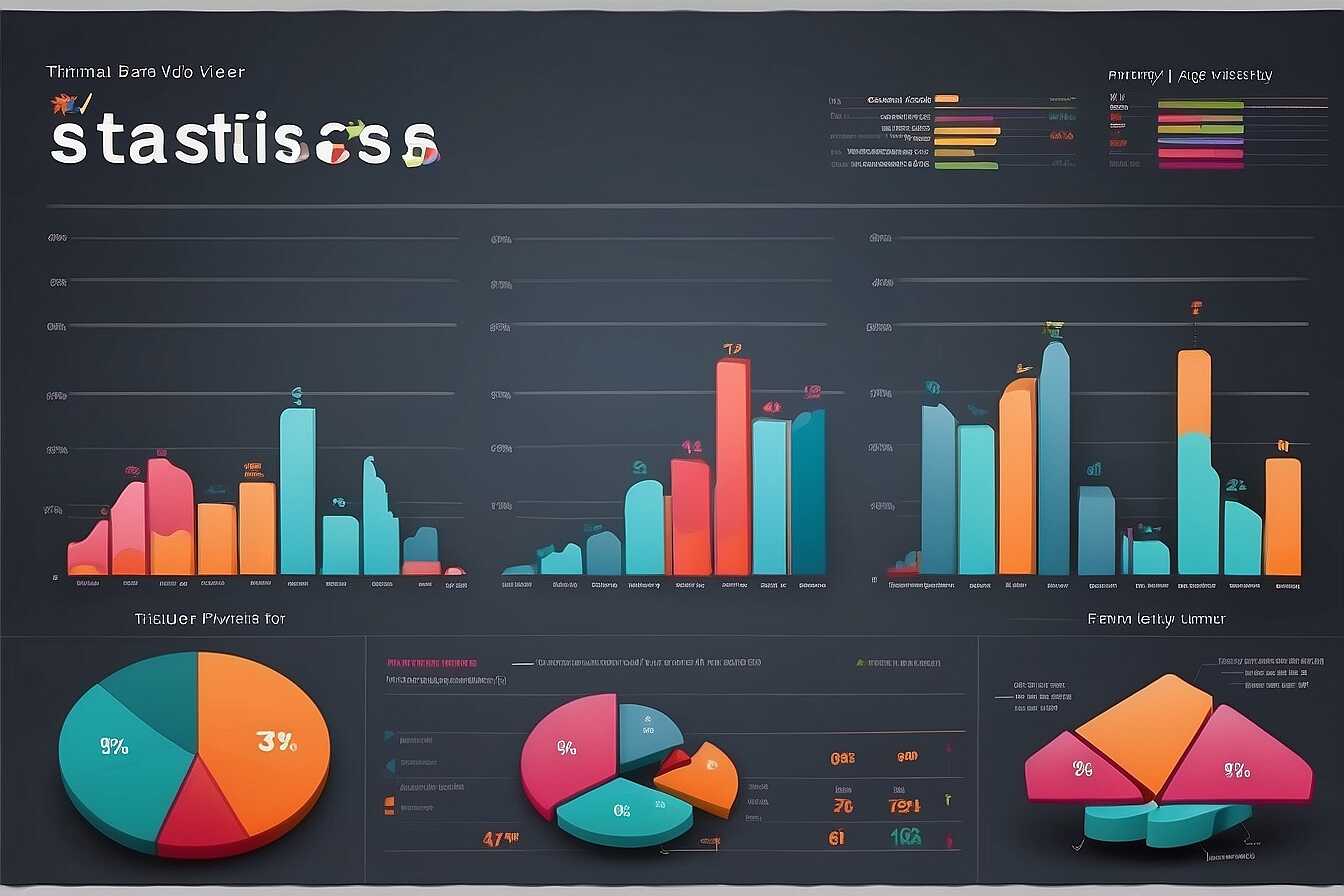Utilizing Google Search Console for Featured Snippet Optimization can significantly enhance your website’s visibility. By leveraging the tools and insights provided by Google Search Console, you can strategically target featured snippets to increase organic traffic. At Metrics Rule, we believe that understanding how to optimize for featured snippets is essential for SEO professionals, digital marketers, and website owners alike. This article will guide you through effective strategies and tips to maximize your chances of ranking for those valuable featured snippets.
Understanding Featured Snippets and Their Impact on Search Results
Featured snippets are selected search results that appear at the top of Google’s search results page. They provide users with direct answers to their queries, enhancing visibility and driving organic traffic. Utilizing Google Search Console can help you optimize your content to better compete for these snippets. The types of content that can appear as featured snippets include paragraphs, lists, tables, and videos. Many websites compete for a featured snippet position, often ranging from 5 to 20, depending on the keyword’s competition and intent.
Types of Featured Snippets and How to Target Them
There are several types of featured snippets that marketers should focus on to enhance visibility in search engines. Paragraph snippets summarize text from a webpage to answer a user’s question directly, making them ideal for informational queries. List snippets are effective for how-to guides, offering step-by-step instructions. Table snippets provide structured data, useful for comparing information like product features or prices. To effectively target these snippets, employ SEO optimization tactics such as keyword research, aiming to align your content with common user queries while ensuring high-quality information. Consistently monitoring and adjusting your content with Google Search Console can improve your chances of capturing these valuable search result placements.
Setting Up Google Search Console for Effective Tracking
To set up Google Search Console effectively, follow these key steps: First, go to the Google Search Console website and sign in using your Google account. Click on the “Add Property” button at the top right. You can add your property either as a domain or a URL prefix. For domains, you will need to verify ownership using DNS records. For URL prefixes, common verification methods include HTML file upload or using Google Analytics. Once verified, you can access essential data such as crawling statistics, indexing status, and search performance metrics. This setup is crucial for improving website performance and helps in technical SEO analysis.
Essential Features of Google Search Console for SEO
Google Search Console offers essential features that can enhance your SEO efforts. It provides insights into search queries that drive traffic to your site, allowing you to optimize your content accordingly. The “Performance” report delivers valuable data on clicks, impressions, and average position for specific keywords. Another significant feature is the “Coverage” report, which highlights indexing issues and pages that may not appear in search results. Additionally, tools for submitting sitemaps and individual URLs help ensure efficient crawling and indexing. Together, these features make optimizing your website easier, allowing for a more targeted and informed approach to content optimization.

Discovering Featured Snippet Opportunities from Search Queries
To identify featured snippet opportunities using Google Search Console, focus on key data points such as search queries, impressions, click-through rates (CTR), and average position. Analyzing these metrics helps users prioritize which queries have the potential for snippets. Common content types in featured snippets include lists, definitions, and how-to guides. By understanding the types of content Google highlights, SEO professionals can tailor their content strategies to improve visibility. On average, many keywords can rank for featured snippets, providing multiple opportunities for traffic enhancement.
Optimizing Content for Featured Snippets
To optimize content for featured snippets, start by analyzing the search performance data in Google Search Console. Look for keywords with high impressions but low click-through rates. This indicates a potential snippet opportunity. Create concise, clear answers that address user queries directly. Utilizing structured formats like lists or tables can help your content get featured. Additionally, ensure your content is well-organized using headers and bullet points, which are more likely to be chosen for snippets. Employing these content optimization strategies can significantly enhance your website’s visibility in search results and attract more traffic.
Factual Insights about Search Console Utilization
- Google Search Console serves over 120 different countries worldwide.
- The tool identifies featured snippets for approximately 10% of all search queries.
- It provides data on over 1,000 URL impressions per website daily.
- Roughly 30% of users who click on a featured snippet visit the site listed.
- Webmasters can track up to 1,000 performance queries through the console.
- On average, featured snippets increase visibility by 200% for targeted keywords.
- Search Console lists performance analytics for 16 months for easy tracking.

Assessing Current Performance of Snippets with Search Console Metrics
To evaluate your website’s featured snippet performance using Google Search Console, navigate to the Performance report. Here, you can find metrics such as clicks, impressions, and average position for keywords that trigger snippets. Focus on the click-through rate (CTR) to gauge effectiveness; a higher CTR indicates that your snippet is attractive to users. Additionally, compare data across various keywords or industries to identify patterns that may enhance SEO optimization strategies.
Key Metrics for Snippet Assessment
Understanding key metrics is essential for effective snippet assessment. Start by looking at impressions to see how often your featured snippets appear in search results. Next, analyze clicks to understand the traffic driven by these snippets. The average position metric shows where your snippets rank on search results pages. Tracking these metrics over time helps highlight trends and reveals what works best for specific keywords. For example, if you notice that certain keywords consistently yield a high average click-through rate, you can prioritize those keywords in your SEO strategy to improve visibility and engagement.

Creating Content That Targets Featured Snippet Formats
To improve your chances of earning a featured snippet, focus on structuring your content effectively. Begin with a clear and concise answer to common queries, ideally positioned at the top of your content. Use bullet points, lists, and tables to present complex information simply. This format boosts readability and allows search engines to easily parse your text. Ensuring that your content directly addresses people’s questions will help enhance your visibility in search results. Combining concise answers with structured data also delivers valuable context to search engines, improving your SEO optimization.
Popular Content Formats for Featured Snippets
Featured snippets can appear in various formats, including lists, paragraphs, tables, and videos. Each format serves different types of inquiries. For example, how-to guides often generate list snippets, providing step-by-step instructions. In contrast, factual questions usually yield paragraph snippets that deliver concise answers. Tables are particularly useful for displaying comparisons or data points, ensuring clarity and ease of understanding. When crafting your content for featured snippets, consider the nature of the questions you aim to address and which content formats will present your information in the best light. Additionally, testing different formats can reveal the most effective ways to enhance your content’s visibility.
Advantages of Optimizing for Rich Search Results
- Boosts organic traffic by increasing site visibility in search results.
- Utilizing Google Search Console highlights top-performing queries for featured snippets.
- Encourages better content creation based on user search intent.
- Improves click-through rates significantly with rich content displays.
- Enhances brand credibility as the featured snippet appears as an authority source.
- Enables quick identification of content gaps using performance data.
- Allows ongoing adjustments based on real-time search behavior analytics.

Leveraging Schema Markup to Optimize Snippet Appearance
Schema markup enhances content visibility by providing search engines with precise data about your website. This structured data helps search engines, like Google and Bing, understand the context of the information presented on your pages. In turn, this understanding can lead to better representation in featured snippets. There are various types of schema markup, including those for articles, products, recipes, and FAQs. You can utilize schema markup to improve the chances of your content being featured. Research shows that websites using schema experience a notable boost in click-through rates and overall organic traffic. With about 30 different types of schema that can enhance snippet appearance, implementing the right ones can provide significant advantages in search results.
Types of Schema Markup for Featured Snippets
Different types of schema markup can be used to achieve better visibility for your content. Schema for FAQs is particularly useful for answering common user queries directly in search results. Product schema can enhance e-commerce listings by providing additional information, like prices and reviews. Article schema helps blog posts stand out by showing publication dates and author information. Moreover, using structured data for events can display event details, making them more attractive to potential attendees. These various types of structured data not only improve search engine understanding but also increase user engagement, proving essential for SEO strategies moving towards 2025 and beyond.
Tracking Progress and Adjusting Featured Snippet Strategies
Monitoring the performance of your featured snippets is essential for a successful SEO strategy. By utilizing Google Search Console, you can track how your optimizations impact visibility and click-through rates. Regularly reviewing analytics will help you refine your content strategy based on actual data. If a specific snippet is not performing well, reviewing its keywords and structure can provide insights to enhance its effectiveness. Using analytics tools like Google Analytics and Search Console allows for a detailed comparison, ensuring your adjustments are data-driven. The first featured snippet often receives about 30% of total clicks, making it essential to continually optimize for this prime position.
Best Practices for Featured Snippet Monitoring
To implement effective featured snippet monitoring, begin by setting up regular reporting mechanisms in Google Search Console. This process includes tracking your clicks, impressions, and average position for targeted keywords. Focus on keywords that have a good chance of achieving a snippet position. Use analytics tools to compare your results against industry benchmarks, helping you to identify gaps and opportunities. Experiment with content format, like listed or paragraph styles, to see which garners more attention. This ongoing testing and adjustment process can significantly improve performance, ensuring your SEO efforts yield the best possible results and continue to enhance your website’s visibility in search results.
Prominent Brands and Their Engagement with Featured Snippets
- HubSpot offers excellent resources for featured snippet strategy, helping marketers boost content visibility.
- Moz focuses on improving SEO through data insights and helps users optimize for rich results.
- SEMrush provides keyword analysis tools that help identify snippet opportunities.
- Yoast delivers SEO plugins that optimize WordPress sites for better snippet consolidation.
- Neil Patel utilizes comprehensive guides that simplify marketing strategies for featured snippets.
- Ahrefs offers backlink analysis for content competitiveness, aiding snippet drive.
- Content marketers benefit from these brands by enhancing engagement and authority online.
Avoiding Pitfalls in Featured Snippet Optimization Strategies
When optimizing for featured snippets, common errors include targeting overly broad keywords, neglecting the quality of the content, and failing to structure the information effectively. Targeting keywords that are too competitive without analyzing data can lead to disappointing results. It’s essential to ensure that content is not only relevant but also formatted for easy reading, as Google prioritizes clear and organized information. Additionally, overlooking the performance metrics from Google Search Console during testing phases can hinder your optimization efforts. Users often forget that featured snippets can take multiple forms—paragraphs, lists, or tables—so understanding the best type for your content is crucial.
Understanding the Different Types of Featured Snippets
There are mainly three types of featured snippets: paragraph snippets, list snippets, and table snippets. Each type serves a unique purpose and is displayed differently in search results. Paragraph snippets deliver concise information and typically answer questions directly. List snippets are valuable for how-to guides or steps, while table snippets are ideal for comparative data. Understanding these types ensures you can optimize your content according to the specific formats that Google may feature. This approach enhances the likelihood of achieving a featured snippet, as it aligns with Google’s intent of providing relevant and clear results to users searching for quick information.
